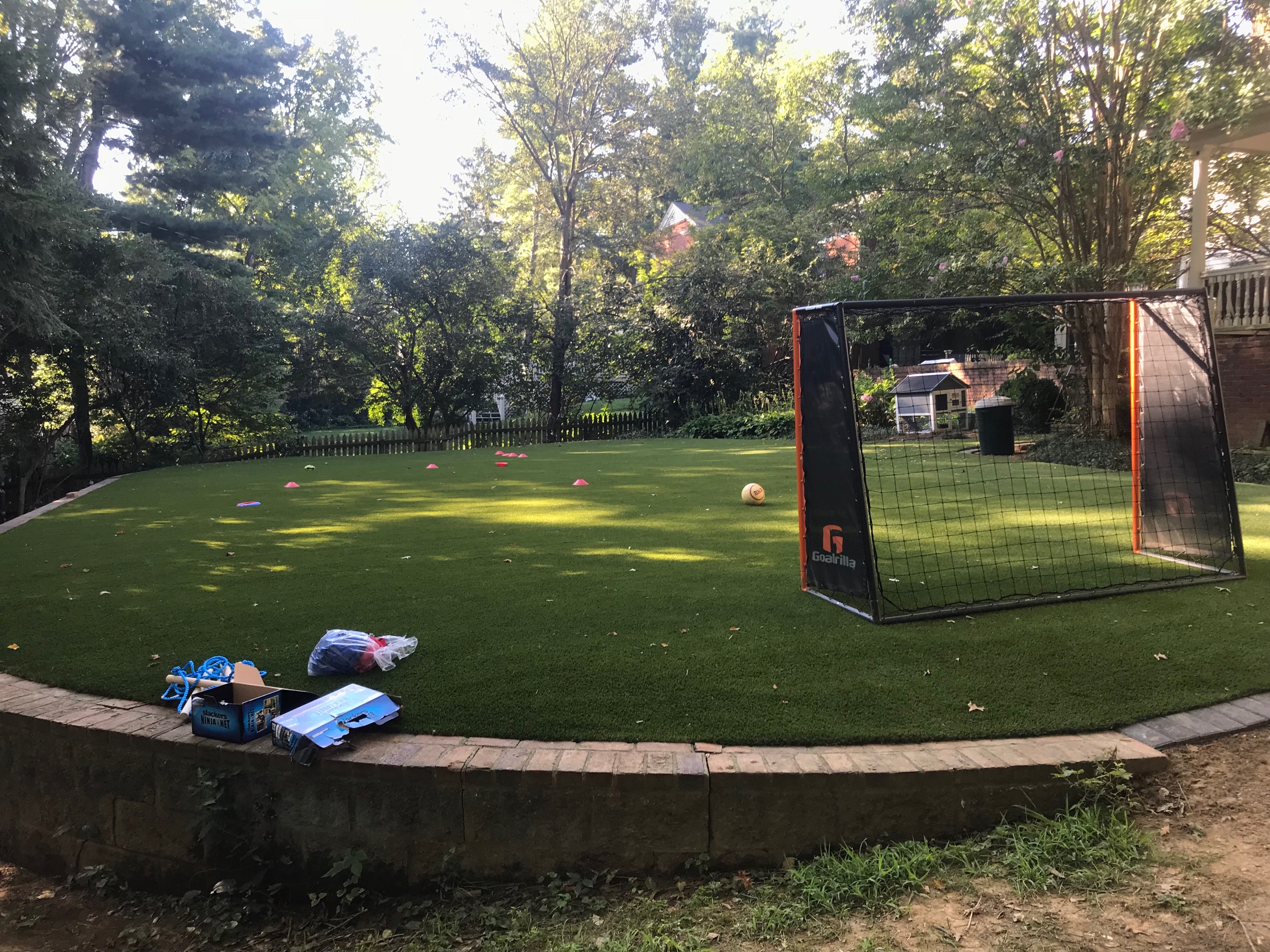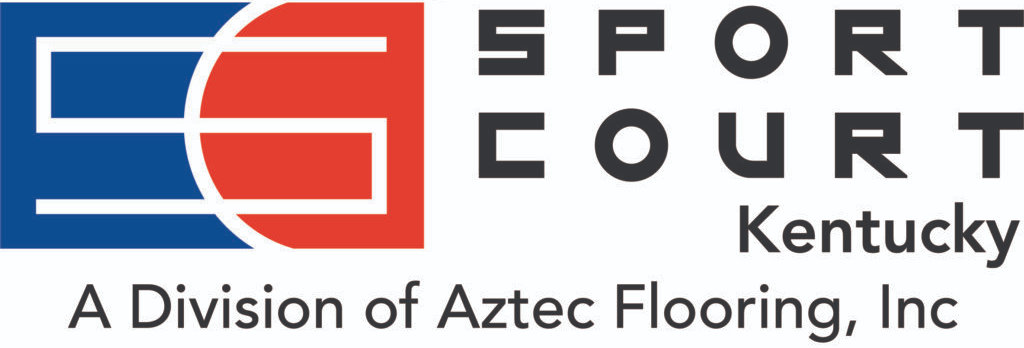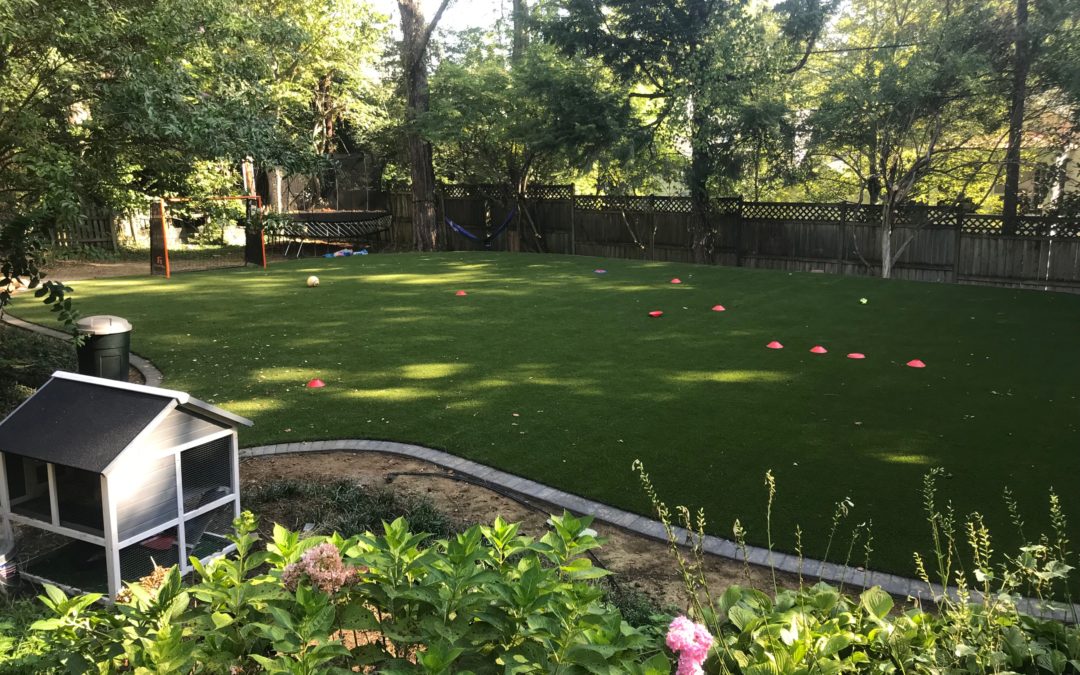Artificial turf has been a popular alternative to real grass for decades in many regions of the U.S. Particularly in the West, where a limited water supply makes maintaining healthy natural grass less feasible. But in recent years, more realistic looking and better performing synthetic products have attracted customers all over the country. The basic benefits are well-known by now:
-
No fertilizers or pesticides
-
No gas-powered maintenance equipment and associated labr
-
No more huge watering bills
-
Guaranteed beauty throughout the year
-
Extreme durability
-
Resilient in difficult to grow areas
As the example below shows, residential customers are enthusiastically embracing this versatile product and getting more creative with their uses!
Case Study
These new homeowners in Kentucky had young athletes who planned to use the backyard to practice their soccer skills. But high traffic with athletic shoes, high levels of rainfall, and the minimal sunlight received in this space were going to make it very difficult for real grass to thrive.
beauty, functionality, and low-maintenance… are just a few of many reasons for switching.
They needed a surface that would keep their yard aesthetically pleasing, yet still function for athletic play. The solution suggested by Sport Court of Kentucky was a lower profile, highly dense, landscape turf with silica sand added for ballast/body, installed over a shock absorbing pad. Now they have a backyard that looks like a beautiful lawn but performs like a soccer pitch!


